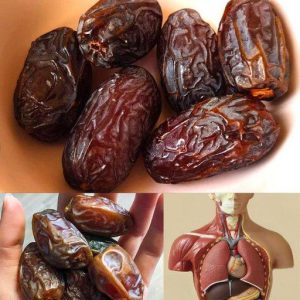Understanding your body type is crucial for tailoring your fitness and nutrition plans to achieve optimal health and performance. The three primary body types—ectomorph, mesomorph, and endomorph—each have distinct characteristics that influence how individuals respond to exercise and diet.
Ectomorphs are typically slender with a fast metabolism, making it challenging to gain weight and muscle mass. They often have narrow shoulders and hips, and minimal body fat. To build muscle, ectomorphs should focus on strength training with compound movements like squats and deadlifts, and consume a calorie-dense diet rich in proteins and complex carbohydrates.
Mesomorphs possess a naturally athletic build, characterized by broad shoulders, a narrow waist, and a higher proportion of muscle mass. They gain muscle easily and can lose or gain fat without much difficulty. A balanced fitness regimen combining resistance training and cardiovascular exercises, along with a diet of lean proteins, healthy fats, and carbohydrates, is ideal for mesomorphs.
Endomorphs have a rounder physique with a wider waist and hips, tending to carry more body fat and having a slower metabolism. They may find it easier to gain muscle but often struggle with weight management. Incorporating a mix of strength training and high-intensity interval training (HIIT), along with a diet rich in lean proteins and vegetables while limiting simple carbohydrates, can help endomorphs manage their weight effectively.
It’s important to note that many individuals exhibit characteristics of more than one body type, and these classifications are not rigid. By understanding your body’s tendencies, you can customize your fitness and nutrition strategies to work with your natural predispositions, leading to more effective and sustainable health outcomes.





